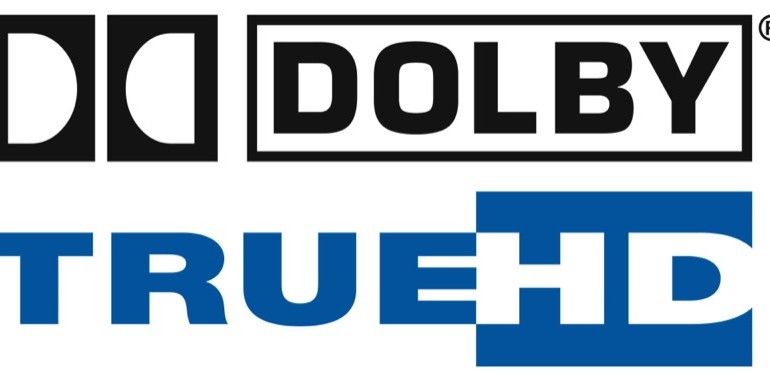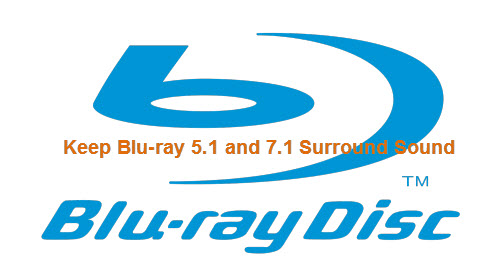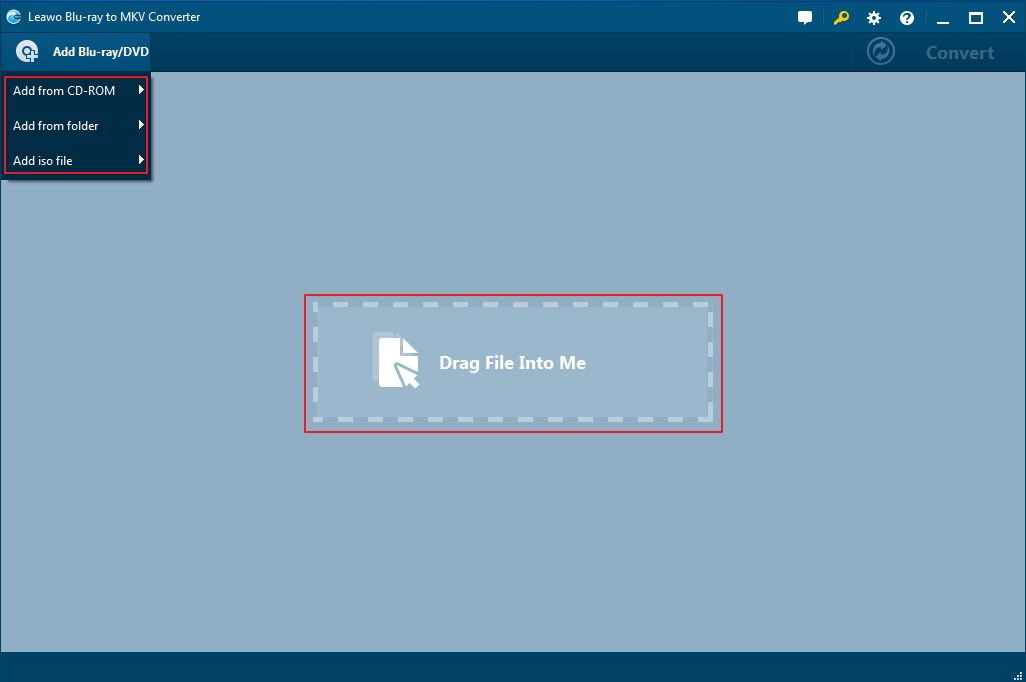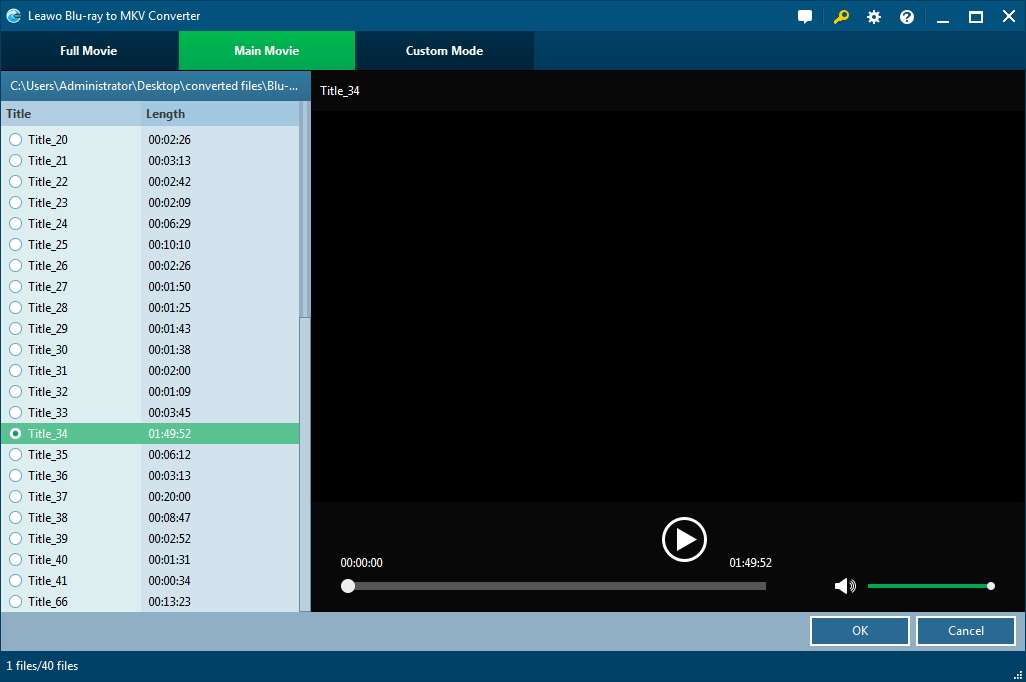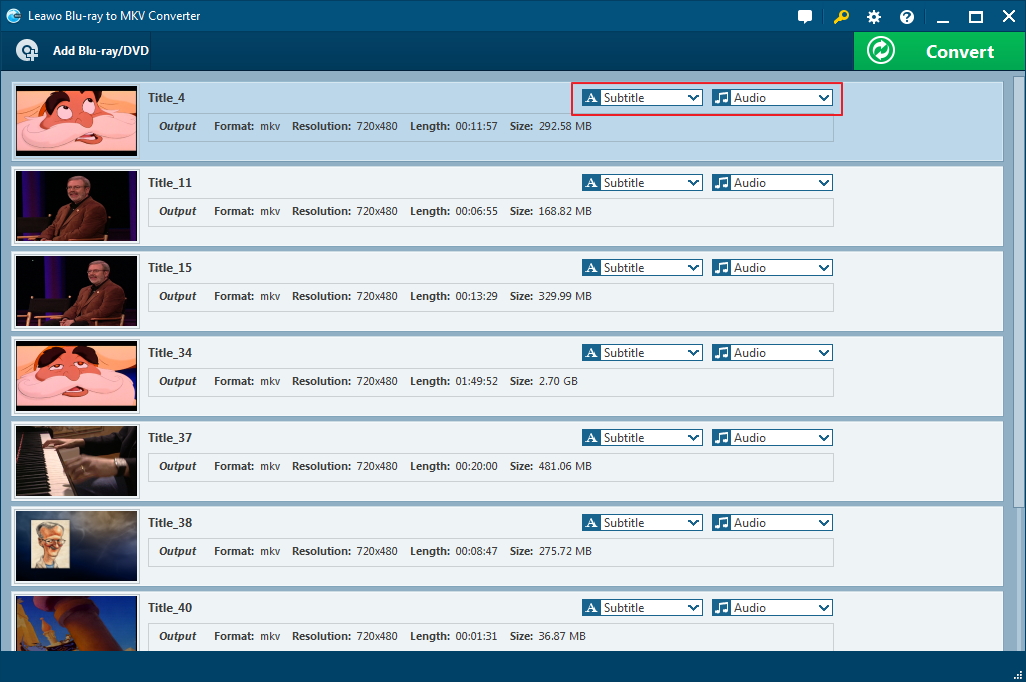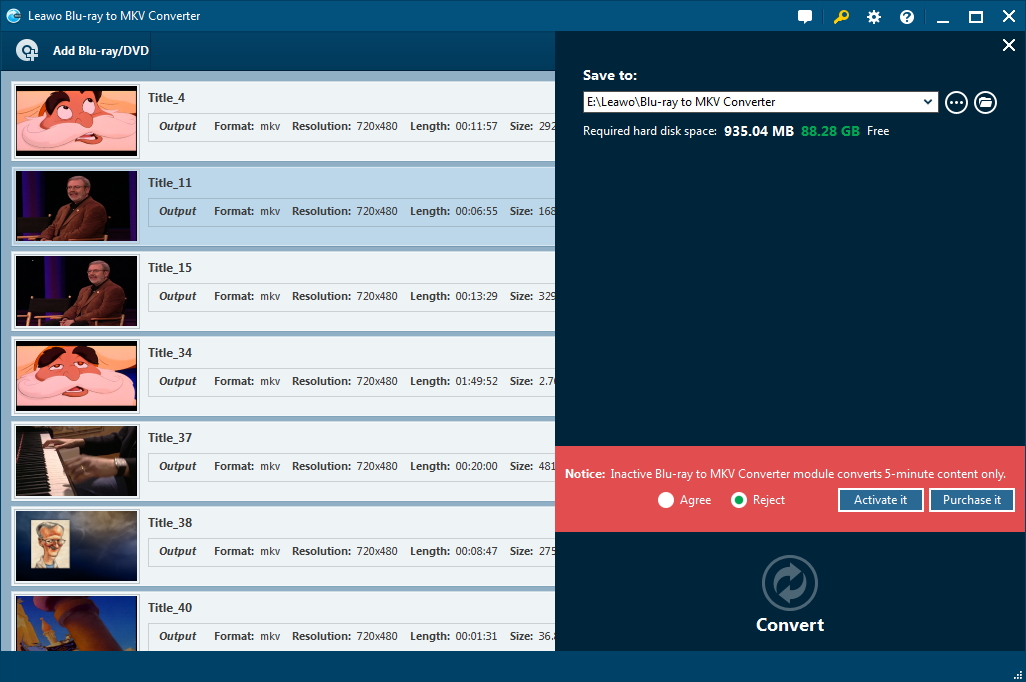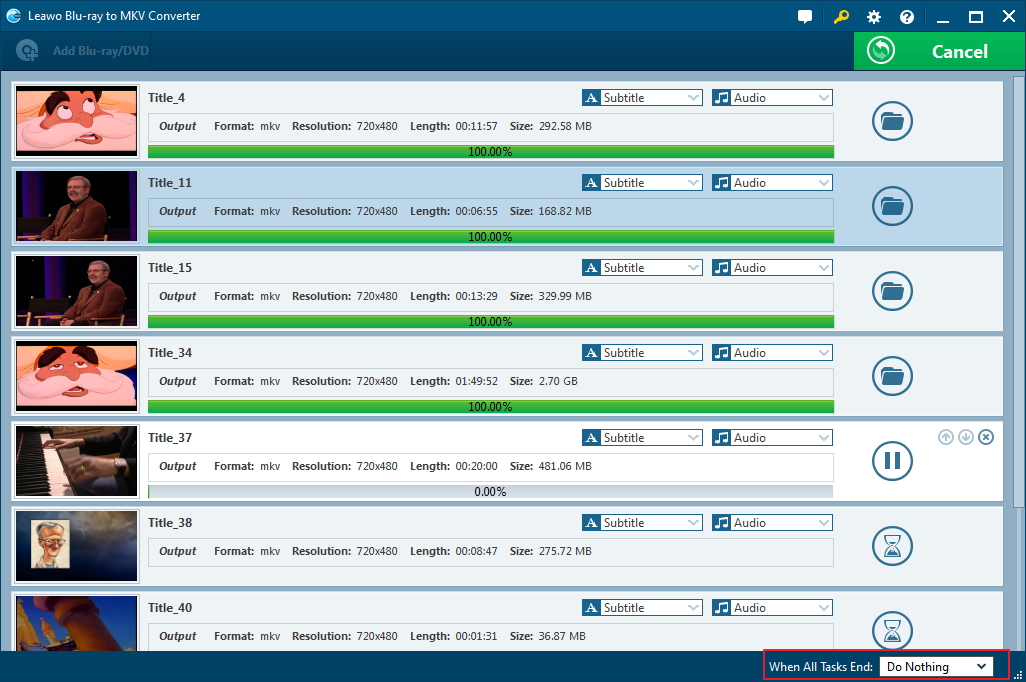Last updated on 2020-07-28, by
All You Need to Know About Dolby TrueHD
Quite recently, Dolby TrueHD has been grabbing public's attention for its quality-lossless feature. Developed by Dolby Laboratories, Dolby TrueHD is a lossless multi-channel audio codec used in home-entertainment such as Blu-ray Disc players and A/V receivers. This quality-loss audio is often used as the audio standard for the BD-Video format while its predecessor Dolby Digital (AC-3) surround sound codec is used as the audio standard for the DVD-Video format. Here I am going to show you almost everything about Dolby Digital TrueHD to give you a clear mind about what Dolby TrueHD is.
Part 1: What Is Dolby TrueHD Audio?
Dolby TrueHD audio is one of the two best surround sound formats found in today's Blu-ray-based home theater systems. This lossless surround format is identical to the sound heard at the theater and comes across best via HDMI connection from Blu-ray players. Dolby TrueHD is a lossless audio format, which means there is no fidelity lost when encoded onto Blu-ray. A Dolby TrueHD bitstream can carry up to 16 discrete audio channels. Sample depths up to 24 bits/sample and audio sample rates up to 192 kHz are supported. Like the more common legacy codec Dolby Digital, Dolby TrueHD bitstreams carry program metadata. Metadata is separate from the coding format and compressed audio samples, but stores relevant information about the audio waveform and provides control over the decoding process.
Key Features of Dolby TrueHD:
- Transfers data at bit rates of up to 18 Mbps for unmatched sound quality
- Delivers up to 16 channels of pristine audio at studio-master quality
- Maintains consistent dialogue levels when changing between Dolby TrueHD and Dolby Digital programming
- Includes dynamic range control, enabling reduced peak volume levels without loss of overall sound quality—ideal for listening without disturbing others
- Provides superior 7.1 downmix overload detection and protection
- Gives the Blu-ray content creator the ability to include a companion Dolby Digital (640 kbps) 5.1-channel theatrical mix on 7.1-channel Dolby TrueHD titles
Part 2: Introduction to Dolby TrueHD Audio in Blu-ray Disc
In the Blu-ray Disc specification, Dolby TrueHD is an optional codec. Dolby TrueHD audiotracks may carry up to 8 discrete audio channels (7.1 surround) and 20 objects of 24-bit audio at 96 kHz or up to 6 channels (5.1 surround) at 192 kHz. The maximum encoded bitrate is 18 Mbit/s. Since Dolby TrueHD is an optional codec, a companion Dolby Digital bitstream (2.0 192Kbps or 5.1 448Kbps/640Kbps) must accompany the Dolby TrueHD bitstream on Blu-ray discs. Blu-ray Disc players consider this combination of two audio bitstreams as a single logical audio track, and a Blu-ray Disc player will automatically select the Dolby Digital or Dolby TrueHD bitstream depending on its decoding and/or audio bitstream output capabilities.
All Dolby TrueHD-enabled Blu-ray Disc players are capable of downmixing the decoded Dolby TrueHD audiotrack to an arbitrary number of channels more suitable for player output. For example, all Dolby TrueHD-capable players can create a 2-channel (stereo-compatible) downmix from a 6-channel source audiotrack.
Dolby TrueHD sees its most popular usage as a high definition audio codec for Blu-ray Disc. Some early Blu-ray players did not support Dolby TrueHD coding, and in some cases, the player would resample it as standard Dolby Digital. All current Blu-ray players support Dolby TrueHD, along with the ability to upmix the source to a higher resolution format (Bitstream or LPCM), or downmix to a lower channel format depending on the player or equipment's requirements. However, by late 2009 and early 2010, Dolby TrueHD had been steadily losing the lossless audio market share to rival DTS-HD Master Audio. This trend is inverse in case of 3D audio with Dolby Atmos encoded Dolby TrueHD releases outnumbering competing codecs.
Part 3: How to Rip Blu-ray Disc with Dolby TrueHD Audio Preserved?
If you want to rip Blu-ray disc to other video format while preserving Dolby TrueHD, you can make use of Leawo Blu-ray to MKV Converter. Leawo Blu-ray to MKV Converter helps convert Blu-ray to MKV without quality loss yet at a 6 times faster speed. The program allows you to preserve all original subtitles and audio tracks including Dolby TrueHD audio track. Download and install Leawo Blu-ray to MKV Converter on your computer, and then follow the guide below to convert Blu-ray to MKV while keeping Dolby TrueHD audio track. Mac users can switch to its Mac counterpart Leawo Blu-ray to MKV Converter for Mac.
Step 1: Import source Blu-ray disc
On the main interface of Leawo Blu-ray to MKV Converter, click “Add Blu-ray/DVD” button at the top left of program interface to pop up a drop-down box, and then click "Add from CD-ROM" to browse and load Blu-ray disc. Alternatively, you can directly drag and drop source Blu-ray files into the program.
Once source Blu-ray content is selected, you will be provided three options for you to import Blu-ray file(s): Full Movie, Main Movie and Custom Mode.
Step 2: Choose subtitles and audio tracks
After source Blu-ray files are imported, you can check the titles you want to retain subtitles and audio tracks, and select subtitles and audio tracks that you want to keep in the output MKV files. The program allows you to retain as many subtitles and audio tracks as the source files have, including Dolby TrueHD audio track.
Step 3: Set output directory
On the main interface, click the green “Convert” button at the top right to pop up a sidebar, where you need to set an output directory to contain converted MKV files in “Save to” box.
Step 4: Start to convert Blu-ray disc to MKV with Dolby TrueHD
Click "Convert" button at the bottom to start to convert Blu-ray disc to MKV with Dolby TrueHD. Once the “Convert” button is clicked, you will be returned to the main interface, where you can preview, pause, or cancel the conversion process, and at the same time, you can set after-conversion settings as well.
In conclusion, Dolby TrueHD is a quality-loss audio track resembling to that heard in movie theaters, and it is very common in Blu-ray disc. You can make use of a Blu-ray converter to rip and convert Blu-ray disc while keeping and preserving Dolby TrueHD.




 Try for Free
Try for Free Try for Free
Try for Free

